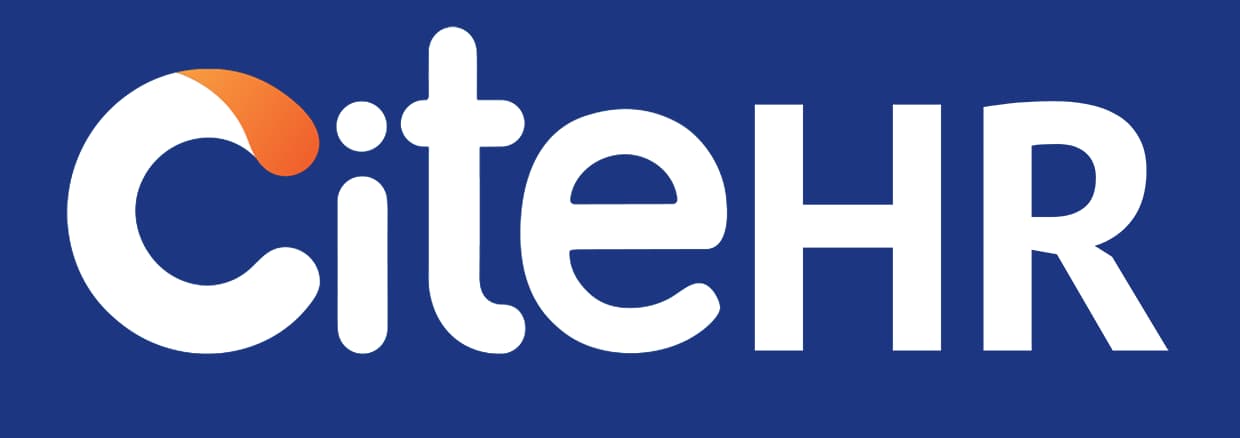On September 2, 2025, Ola’s AI arm Krutrim executed a third round of layoffs since June—about 50 people—primarily in its linguistics unit (regional languages such as Bengali, Malayalam, Punjabi). This follows earlier trims in July. Reports also noted leadership exits, indicating continuing restructuring as product roadmaps evolve. For language tech teams that scaled rapidly to train models and localize UX, the message is stark: AI hiring surges can reverse quickly as tooling, funding, or priorities shift. Multiple reputable outlets corroborated the new cut, placing it squarely in the “rightsizing” phase of India’s 2025 AI cycle.
Source: @ETtech/@ET HRWorld, @Entrackr, @PeopleMatters
For linguists and annotators who thought they were building a multilingual future, this feels like a personal rupture. Many joined to help Indian languages show up inside mainstream AI; now they’re packing desks, scrambling for references, and calculating how long savings will cover Bengaluru rents. Survivors report guilt and fatigue, plus fear that automation will eat the very work they trained models on. HR’s tightrope: treat exits with dignity (clean documentation, outplacement, mental-health support) while stabilizing core teams with honest roadmaps—not platitudes. The broader community is watching for signals about how India will value language work: as a strategic asset or a disposable input.
Layoff law in India depends on classification. For many language specialists, the Industrial Disputes Act, 1947 (for “workmen”) may trigger notice, retrenchment compensation, and last-in, first-out considerations, unless exceptions apply; others exit under contract. HR must map roles to legal categories, compute dues (including leave encashment and variable pay accruals), and ensure timely Form-16 and service letters to prevent downstream employability harm. For remaining teams, revisit IP/confidentiality and moonlighting clauses, as skill marketplaces court displaced talent. Above all, publish a skills bridge: micro-credentials for data quality, evaluation engineering, and safety—so this isn’t just an ending.
What’s one humane practice you expect in any layoff?
How should AI firms protect language talent from “train-then-discard” cycles?
Source: @ETtech/@ET HRWorld, @Entrackr, @PeopleMatters
For linguists and annotators who thought they were building a multilingual future, this feels like a personal rupture. Many joined to help Indian languages show up inside mainstream AI; now they’re packing desks, scrambling for references, and calculating how long savings will cover Bengaluru rents. Survivors report guilt and fatigue, plus fear that automation will eat the very work they trained models on. HR’s tightrope: treat exits with dignity (clean documentation, outplacement, mental-health support) while stabilizing core teams with honest roadmaps—not platitudes. The broader community is watching for signals about how India will value language work: as a strategic asset or a disposable input.
Layoff law in India depends on classification. For many language specialists, the Industrial Disputes Act, 1947 (for “workmen”) may trigger notice, retrenchment compensation, and last-in, first-out considerations, unless exceptions apply; others exit under contract. HR must map roles to legal categories, compute dues (including leave encashment and variable pay accruals), and ensure timely Form-16 and service letters to prevent downstream employability harm. For remaining teams, revisit IP/confidentiality and moonlighting clauses, as skill marketplaces court displaced talent. Above all, publish a skills bridge: micro-credentials for data quality, evaluation engineering, and safety—so this isn’t just an ending.
What’s one humane practice you expect in any layoff?
How should AI firms protect language talent from “train-then-discard” cycles?
CiteHR is an AI-augmented HR knowledge and collaboration platform, enabling HR professionals to solve real-world challenges, validate decisions, and stay ahead through collective intelligence and machine-enhanced guidance. Join Our Platform.





 4
4